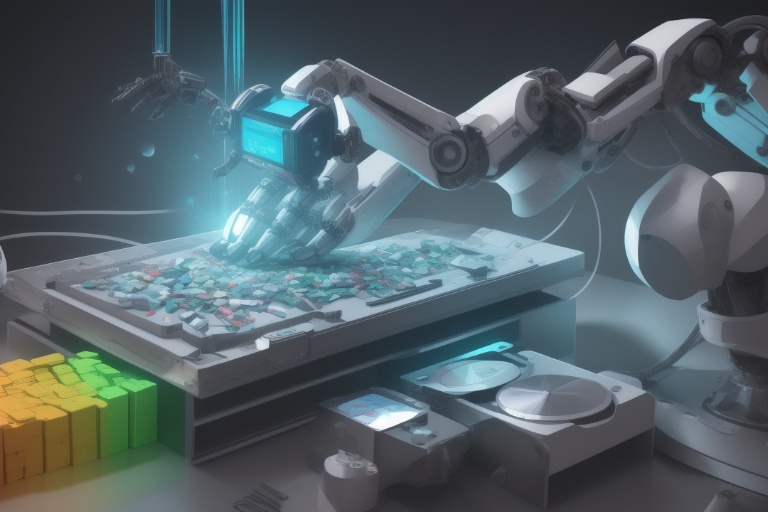Artificial intelligence (AI) has emerged as a transformative force, dramatically reshaping numerous aspects of life and industry with its innovative capabilities. Its powerful impact on society is undeniable and continues to influence the path of technological progress. As we witness AI make great strides toward more complex and autonomous functionality, it's crucial to consider the broader implications of its development.
Artificial intelligence (AI) has emerged as a transformative force, dramatically reshaping numerous aspects of life and industry with its innovative capabilities. Its powerful impact on society is undeniable and continues to influence the path of technological progress. As we witness AI make great strides toward more complex and autonomous functionality, it's crucial to consider the broader implications of its development.
The Dangers Beneath the Surface
Despite AI's promising advancements, there is an accompanying sense of unease among many experts and industry leaders. These concerns stem from the potential negative consequences that AI may bring. Geoffrey Hinton, a prominent figure in the evolution of artificial intelligence, has voiced apprehension that his contributions to the field could lead to AI surpassing human intelligence. This, he fears, could result in a future where machines dominate rather than serve humanity.
Similarly, celebrated entrepreneur Elon Musk alongside other leading figures has sounded the alarm, warning of the significant risks AI poses. These risks range from immediate practical concerns like job displacement and the creation of biased algorithms to profound societal issues such as the possibility of developing autonomous weapons systems.
AI's Multifaceted Impact
As AI's capabilities expand, it increasingly influences various facets of life, presenting a series of ethical and practical challenges. Key concerns include:
- Job Automation: AI's ability to automate tasks previously done by humans fuels anxiety over job displacement across various industries.
- Biased Algorithms: The prevalence of bias in AI algorithms can perpetuate discrimination and social inequality.
- Social Manipulation: There is worry that AI might be used to manipulate public opinion or disrupt democratic processes.
- Privacy Concerns: The potent data processing capabilities of AI systems pose substantial risks to individual privacy.
- Transparency and Control: The often opaque nature of AI systems leads to difficulties regarding explainability and accountability.
- Socioeconomic Disparities: AI could exacerbate existing inequalities as those who can harness it reap the benefits, while those who cannot fall behind.
By assessing these concerns and conscientiously seeking remedies, we pave the way for AI's positive contribution to society, mitigating the detrimental effects it may have.
The Urgent Need for Ethical Considerations
An ethical lens is essential when evaluating AI's trajectory. Part of the conversation must center on ways to institute ethical AI use, promote fairness, and protect human values. This requires a multifaceted approach that includes robust regulation, research into the effects of AI on economic and social systems, and proactive measures to prevent the misuse of this potent technology.
Next Steps: Addressing AI's Risks
Looking forward to the second part of this article series, we will dive into the ethical dimensions of AI and dissect the strategies to alleviate potential risks. By exploring pathways to responsible AI development, society can aim for a future where technology enhances the human experience without compromising safety, equity, and democratic principles.
In summary, we are at a pivotal moment in the age of AI. It presents us with unparalleled opportunities, yet it demands vigilance to ensure its impact aligns with our collective well-being. The imperative to navigate AI's potential perils is clear. Only through careful consideration and unified effort can we strike a balance that allows us to reap the rewards of AI while safeguarding against its darker possibilities.
Information for this article was gathered from the following source.

